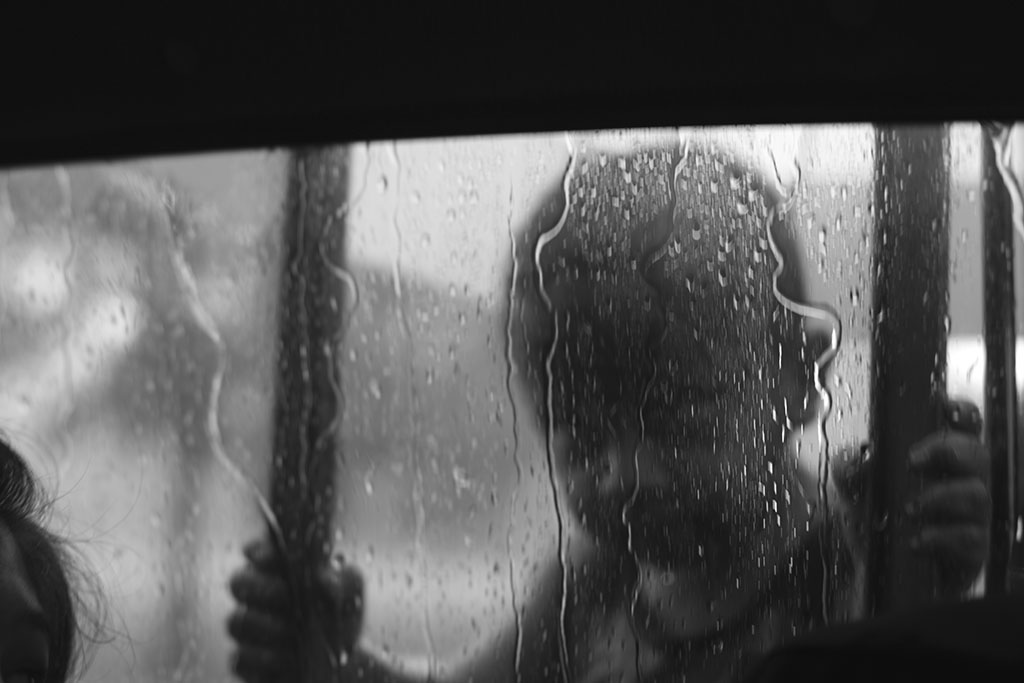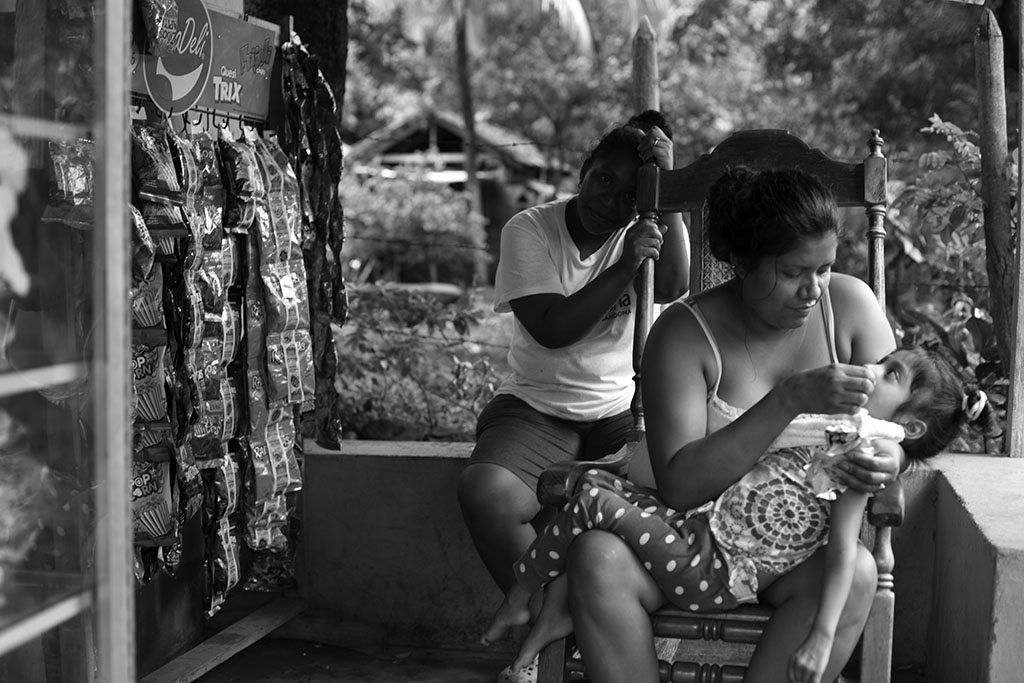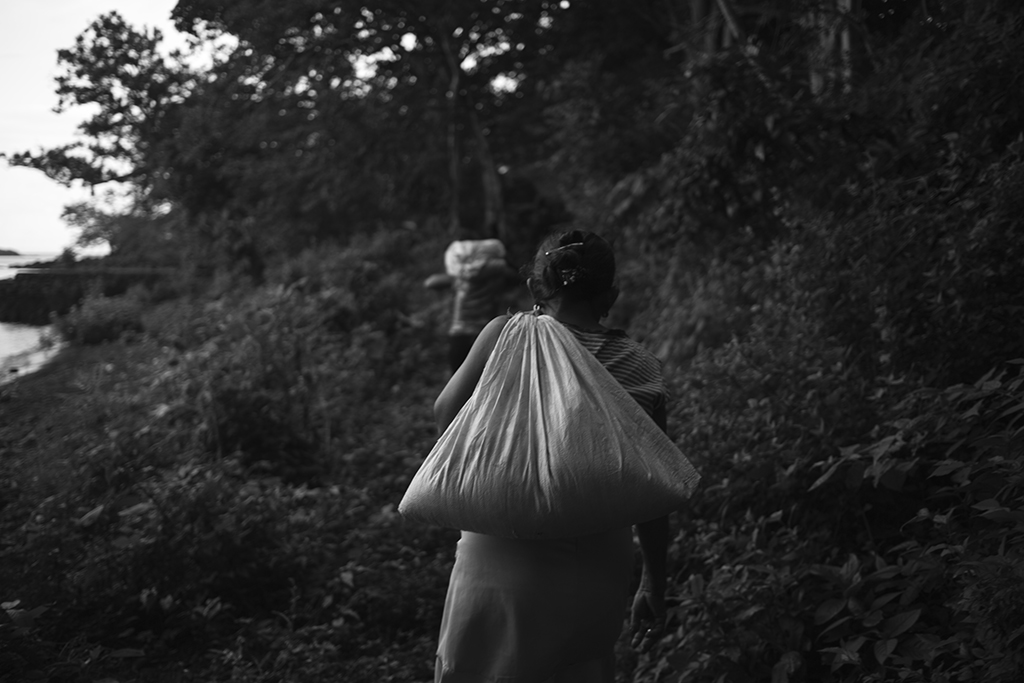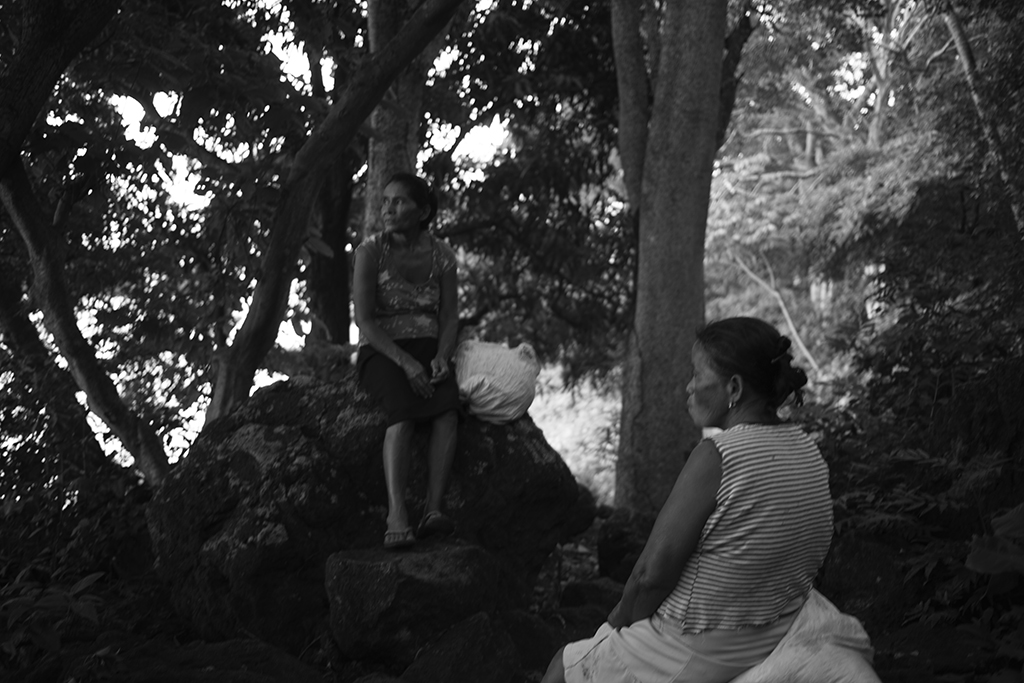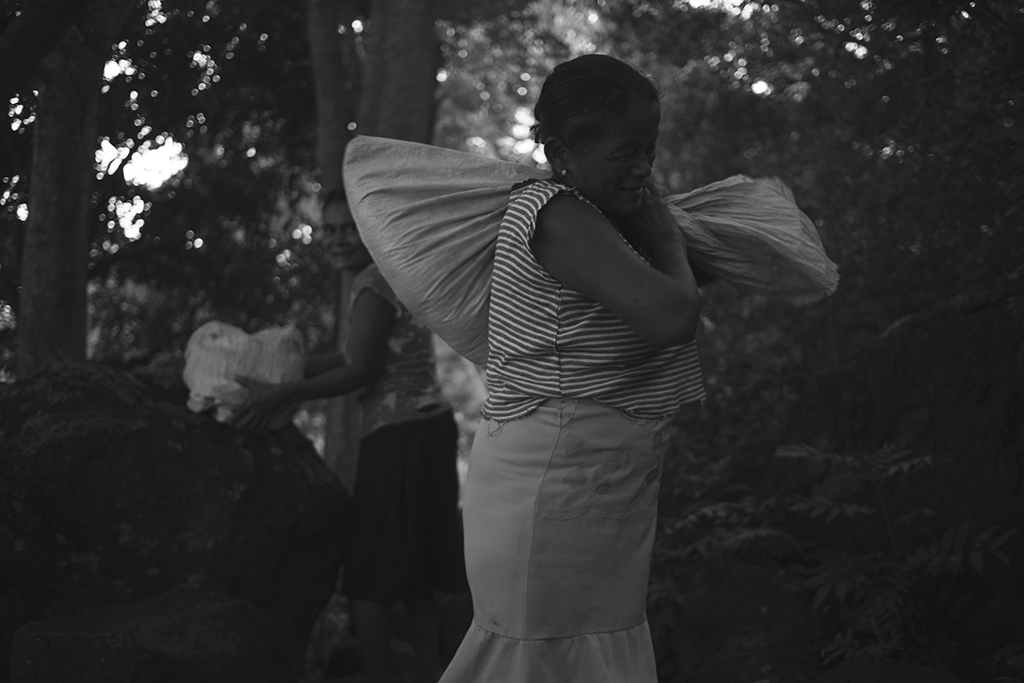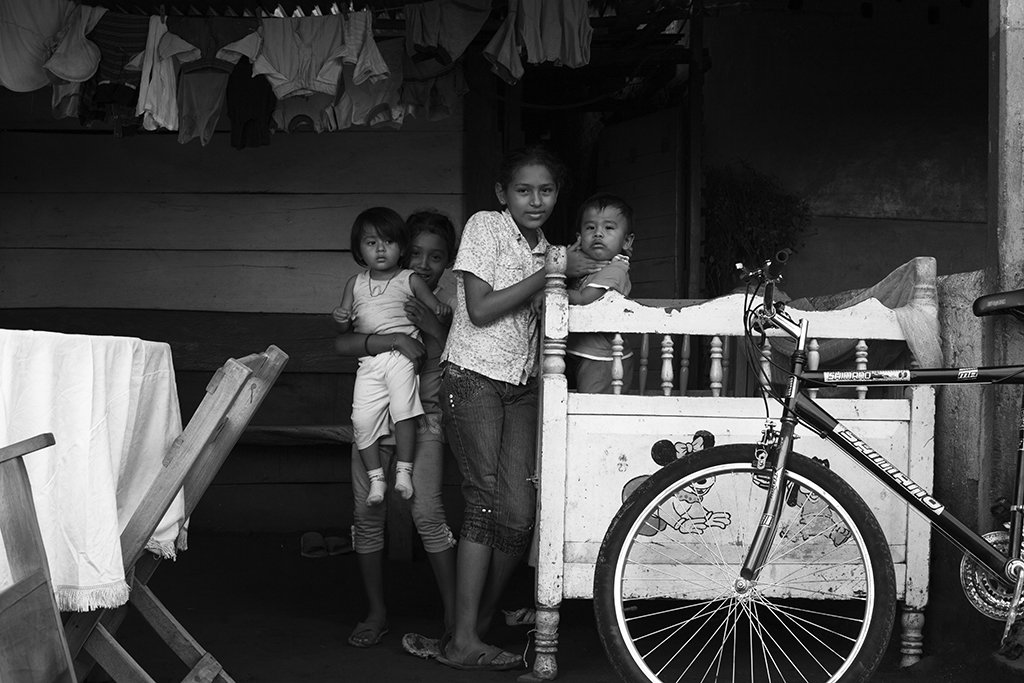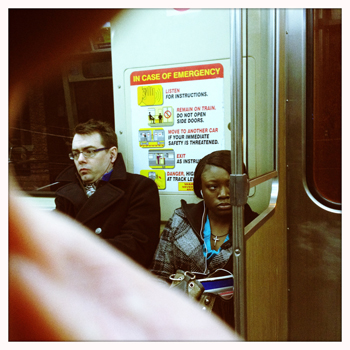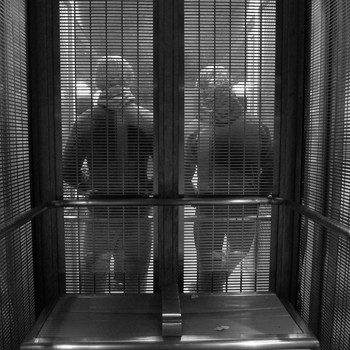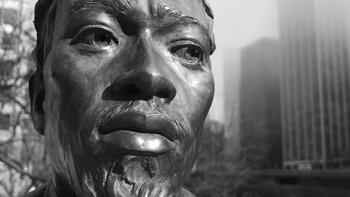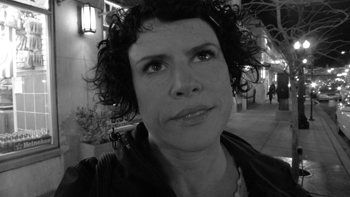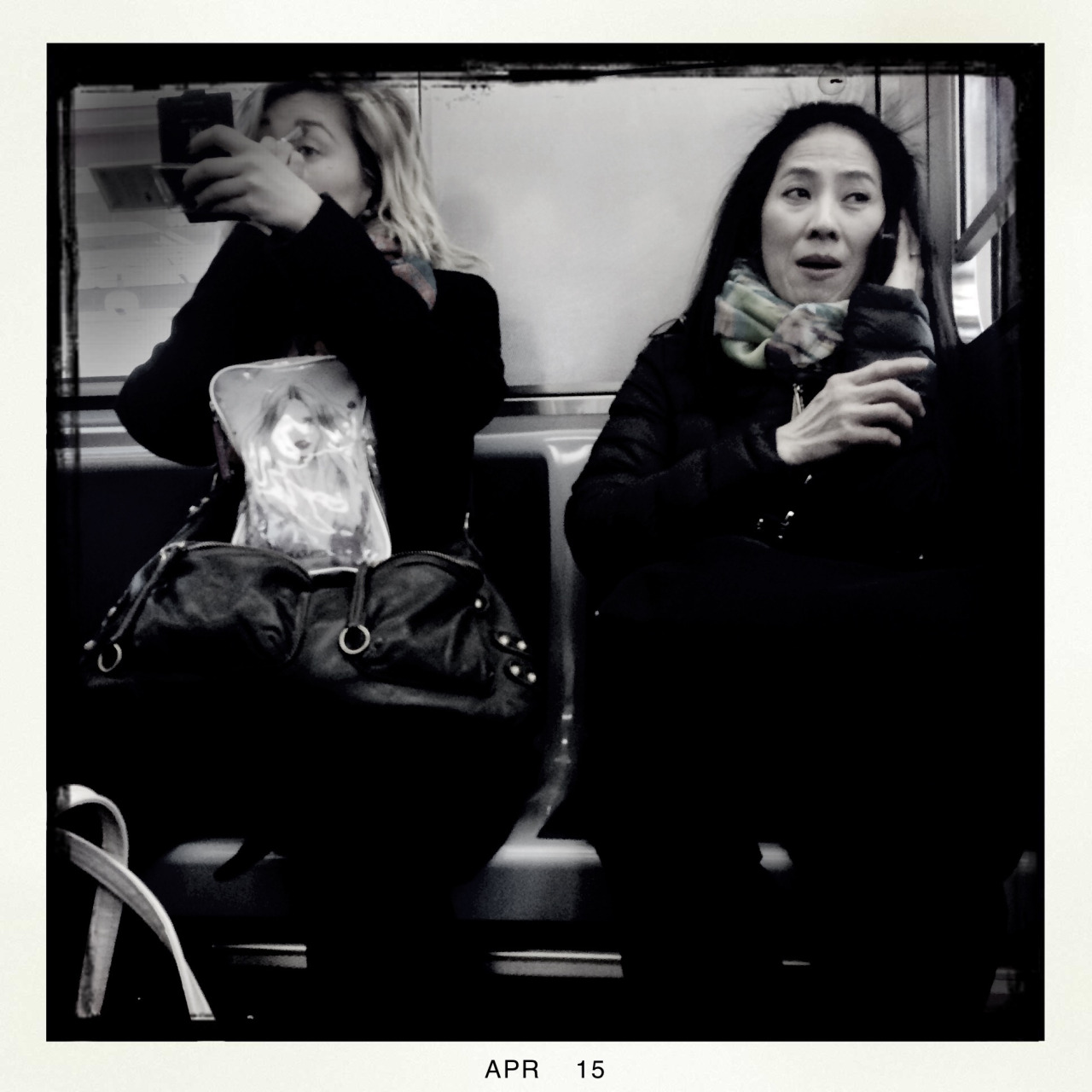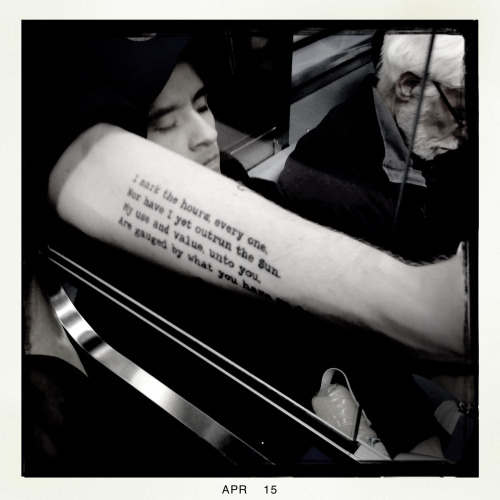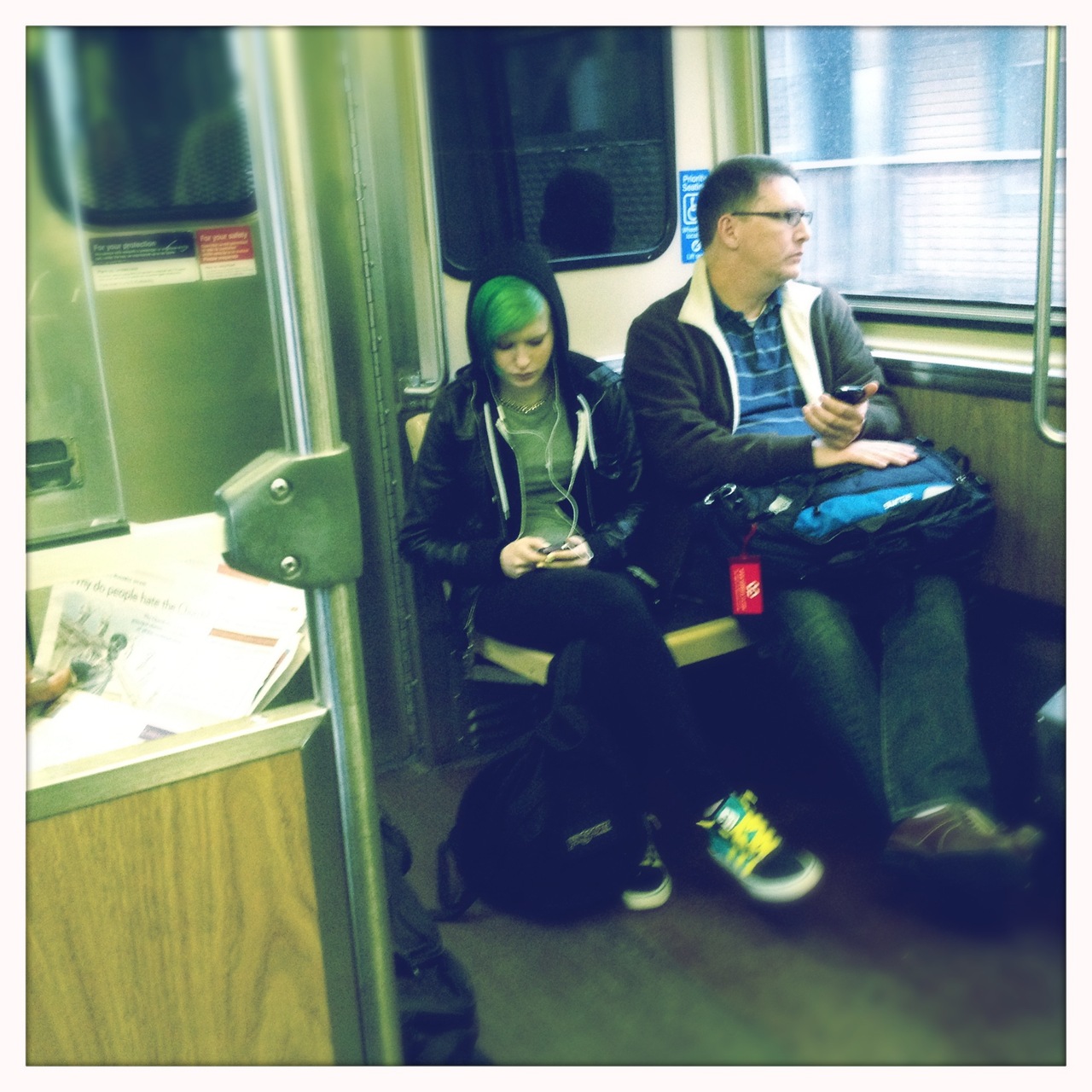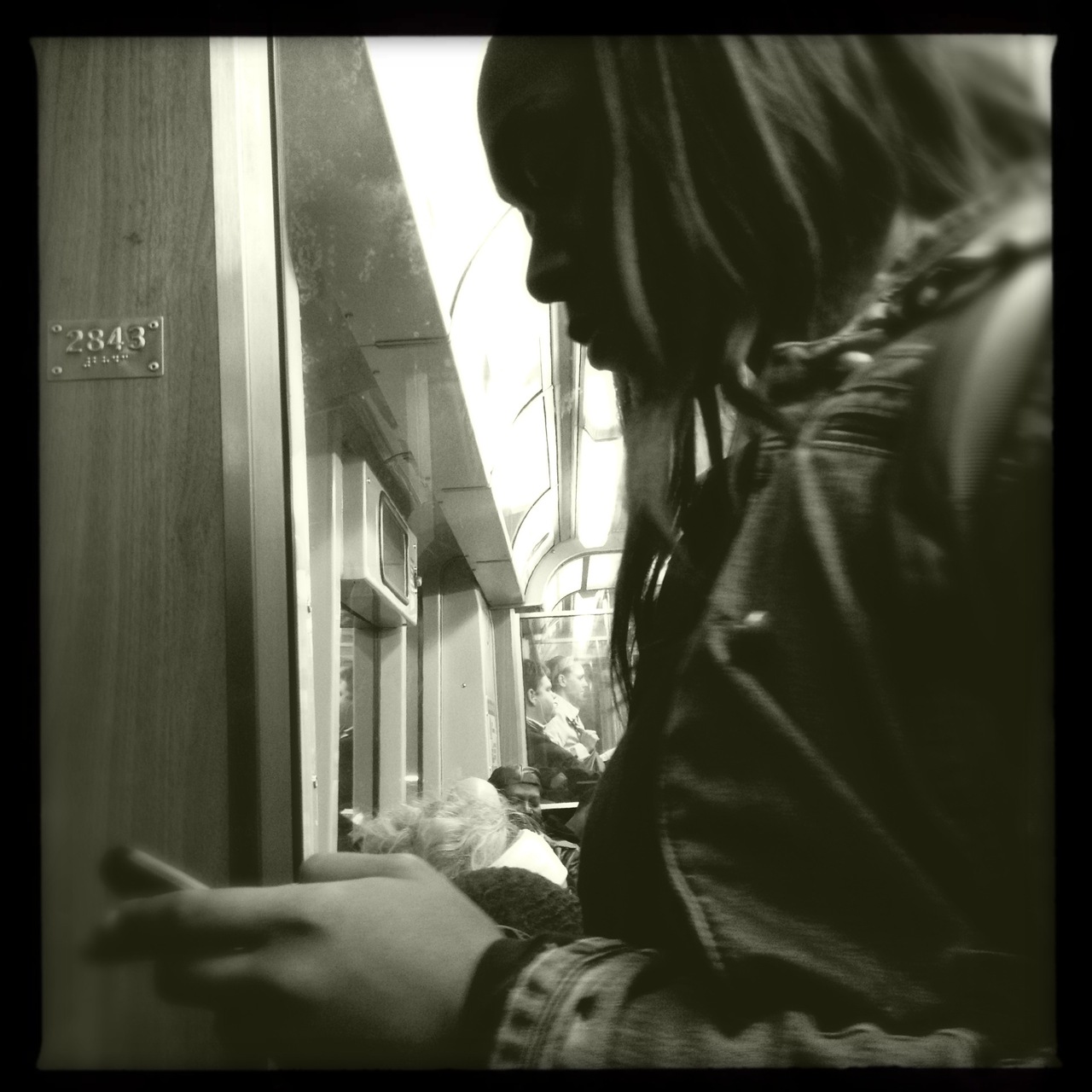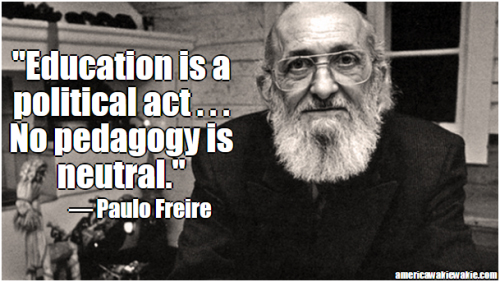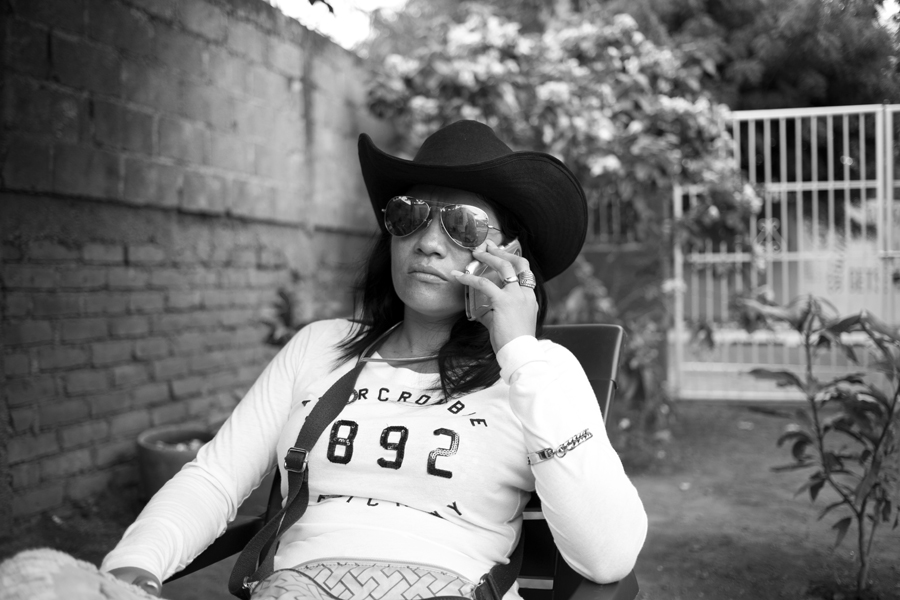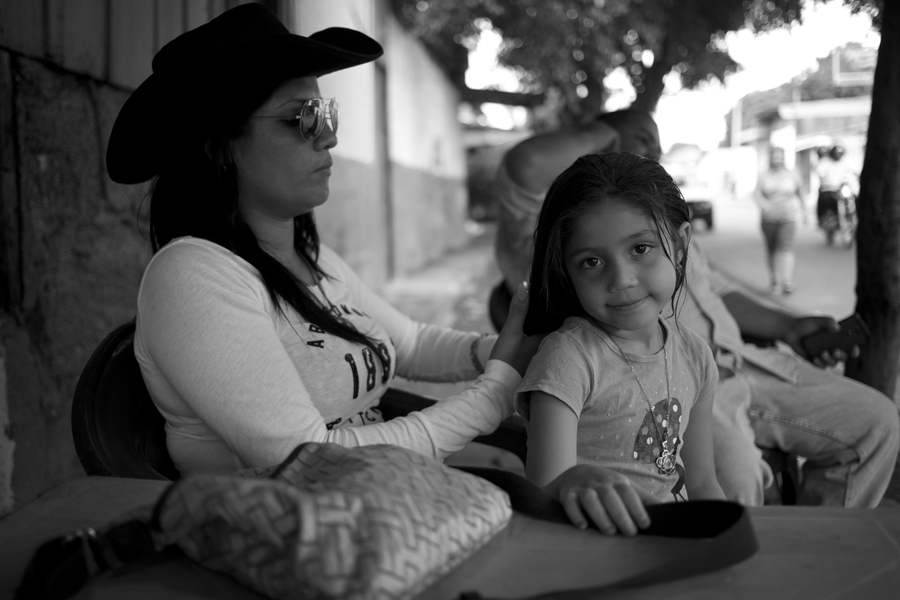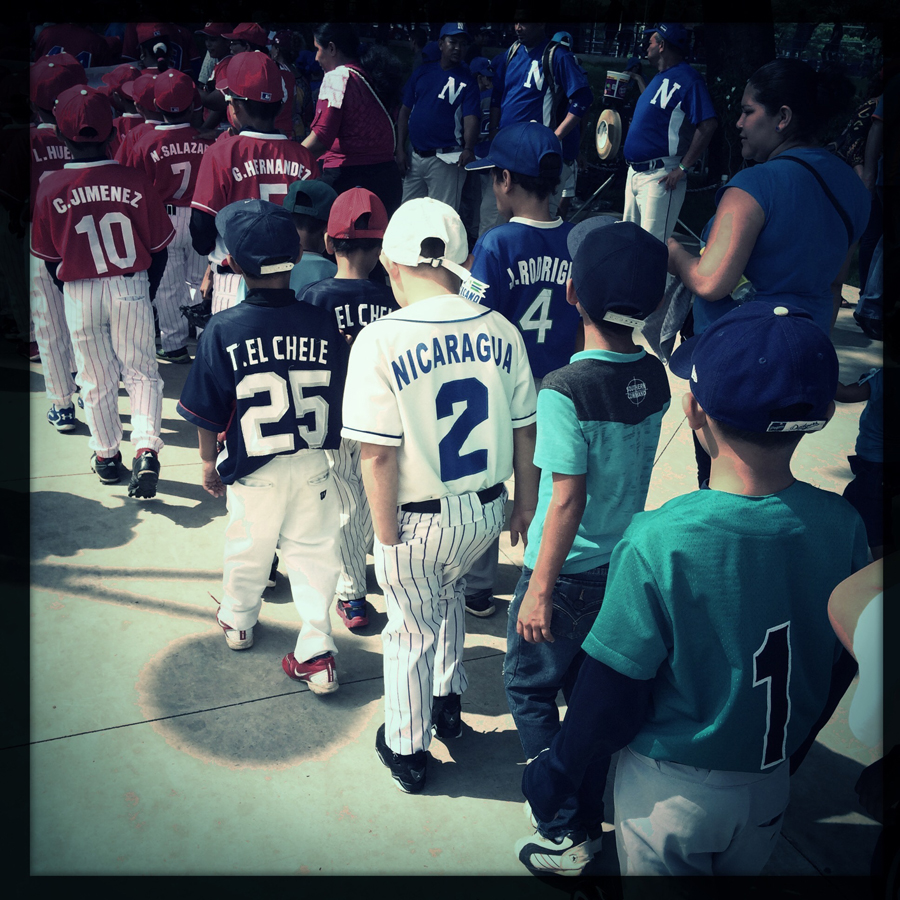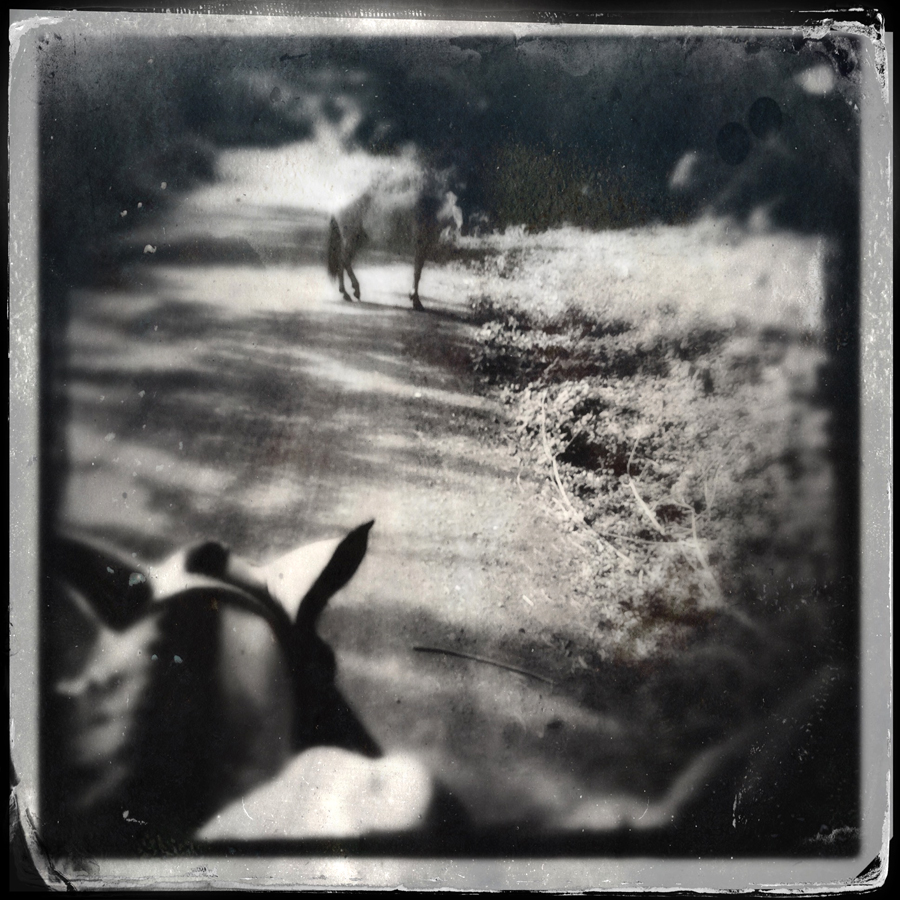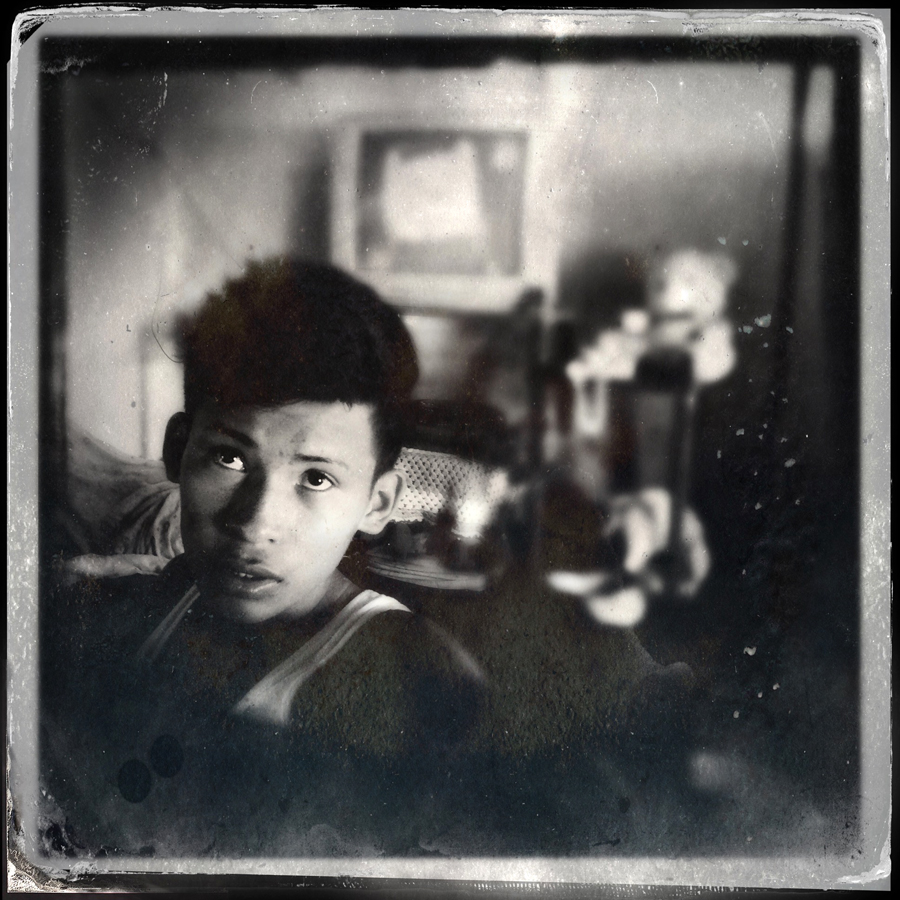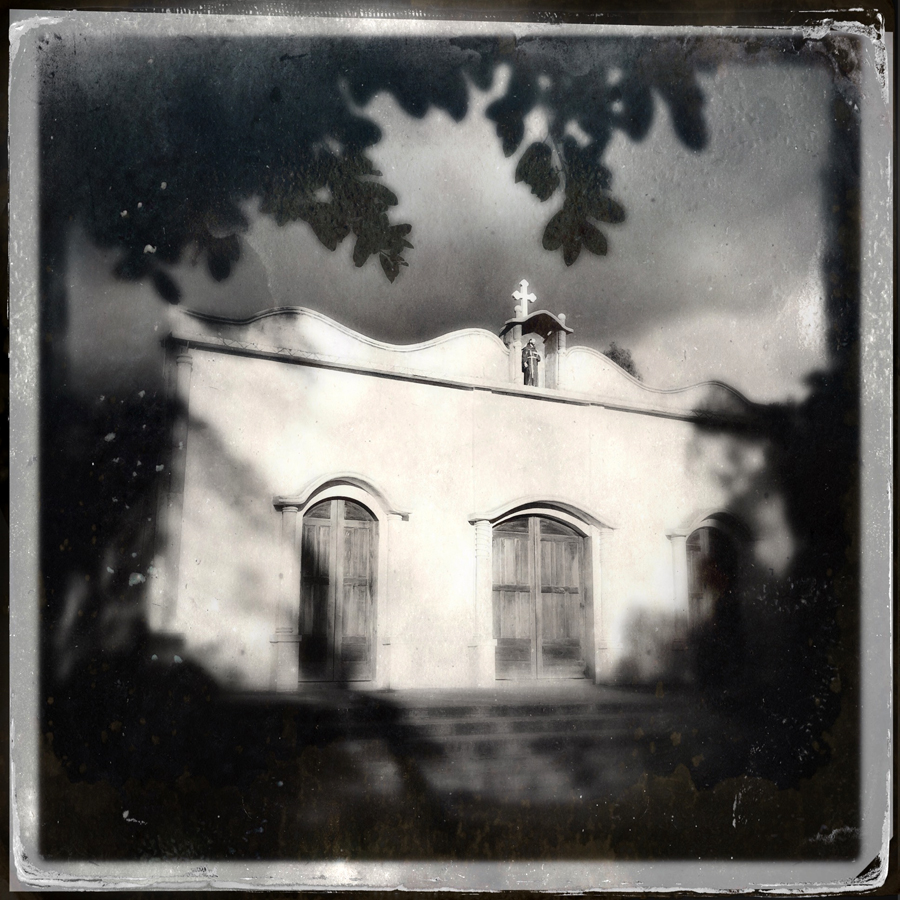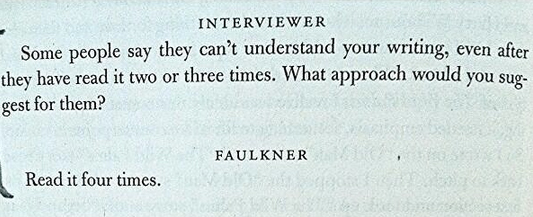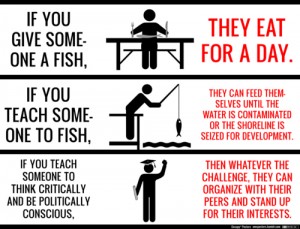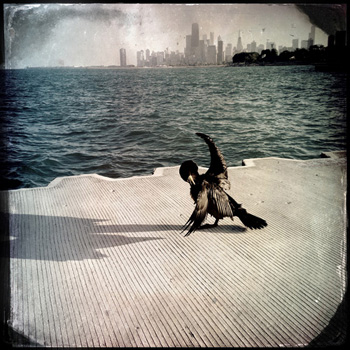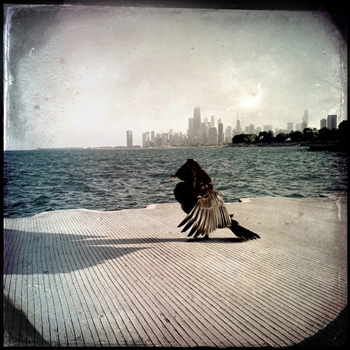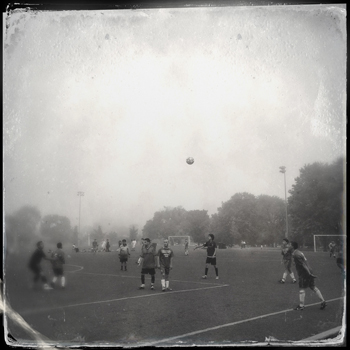Mérida, Ometepe, Nicaragua Part III
August 16, 2016Nicaragua: The Splendor and Squalor of National Ecotourism
From José Luis Rocha, “The Splendor and Squalor of National Ecotourism” Envio (UCA), September 2008:
There’s still a lot to do
Although my tour has been one of broad brush strokes and giant leaps, it offers a look at the many virtues and defects of ecotourism in Nicaragua; its splendor and its squalor.
Ecotourism—and any other form of tourism for that matter—will never move out of first gear with restaurants that close at seven pm, guides that don’t speak English, bureaucratic paper tangles that bog down the best initiatives, managerial centralism, poor and confusing information, cartloads of filth and garbage, rip-off tourist packages, terrible signposting, roads that are impassable virtually year-round, and, to top it off, anchorite tourists looking for bargain paradises. There are, however, signs that some are aware of what’s needed and are capable of putting it into practice, including incorruptible wardens, quality restaurants, patient and knowledgeable guides, poetic information signs, tidy hostels and more.
But there’s a need for more imagination to exploit opportunities near at hand. Many tourists come with ideological motivations, visiting Nicaragua because there was a revolution here. There’s no contradiction between ecotourism and revolution. The two interests can be linked, offering talks, leaflets and books about Nicaragua’s history, selling T-shirts with ideological motifs alongside nature walks, butterfly farms and organic coffee plantations.
There’s also a religiously motivated form of tourism that can be combined with ecotourism. And of course there’s literary tourism. The poetry festival organized every year in Granada by Nicaraguan poets, which includes the participation of poets from around the world, is the maximum expression of this and is becoming a highly significant point of reference in Latin America. There’s no reason why this can’t be associated with ecotourism and other experiences of solace and contentment.
Once upon a time in Solentiname…
Literature, craftsmanship, music and socio-political or theological reflection once all came together in Father Ernesto Cardenal’s ecotourist paradise of Solentiname. Creating similar experiences isn’t easy; they are born of inspiration and creativity, not cloning. But at the very least, we have to overcome the squalor that sprouts from routine, myopic vision and idleness. The Solentiname experience was successfully put together and more opportunities are waiting. We’re not starting from zero.
Mérida, Ometepe, Nicaragua Part II
August 1, 2016An epistemology of curiosity
The antidote to the obscurantism of power is the double key of conscientização. First, an epistemology of curiosity, as Freire proposed, constantly asking questions and being dissatisfied with the answers, finding nothing that cannot be questioned, employing the candor and simplicity of the child’s gaze to inspect even the most intricate relations and experiences. Second, the epistemology of suspicion, according to Freire and the great French phenomenologist Paul Ricoeur, the suspicion that all human interaction, all human experience, to the extent that it involves power relations, involves relations of domination and therefore must be submitted to systematic criticism. While this is currently applied to the interaction between individual persons (children and their parents, children and their teachers, associations within families), there is an even greater need for it to be applied to the interactions between people and institutions. Thus, it is valid to affirm that this epistemological model of suspicion reveals how the logic of capital and especially the logic of the rights of private property tend to prevail, in practice and the law, over the logic and the rights of people.
Torres, “Taking Heaven by Storm?: A logbook for rethinking conceptual and normative categories in higher education in Latin America”
Iglesia de Guadalupe, La Palma, Ometepe, Nicaragua
July 27, 2016Image ecologies
Images are more real than anyone could have supposed. And just because they are an unlimited resource, one that cannot be exhausted by consumerist waste, there is all the more reason to apply the conservationist remedy. If there can be a better way for the real world to include the one of images, it will require an ecology not only of real things but of images as well. (Sontag, 1979, p. 180)
What might we mean by an ecology of images? It would be a precarious task to transpose ideas and terminology from the scientific field of ecology, not least because even within the field itself there have been numerous debates over its true focus and distinctiveness. However, as a metaphor for a desire to understand the interrelationships of things (the nature of change, adaptation, and community), the classificatory, comparative, and systems-based approach of ecology can be made pertinent to image studies, as it too seeks to locate how and why images operate in certain ‘environments’ or systems of meaning.
This diagram attempts to plot various terms that might underline an ‘ecology of images’. Taking a cue from the ecologist’s three main ‘units’ of assessment – the organism, its community, and the eco-system – an image always exists in a set of contexts. An image is always part of an ‘image community’, which it works with or against. It is portrayed here with a honeycomb effect around the central image. Image community can be thought of as a genre and/or modality of images. As such, there are formal, aesthetic properties and particular content and uses an image might share with other images, or indeed which it is attempting to work against or appropriate. In addition, the image and its community will always be framed and mediated in specific ways. The square frame in the diagram denotes the presence of an ‘image-system’, which can range across and interconnect with political, economic, technical, cultural, social, and legal discourses and systems. In addition, language and the body provide ways in which we frame, communicate, and comprehend the image.
Another crucial framing of the image is history. Past, present, and future are plotted on the diagram to clearly evoke a sense of process and evolution of the image. The image itself will be formed of certain ‘energies’ or precedents and prior insights, which relate to the fact that an image community and image systems are all historically determined. An image may well be found in great ‘abundance’ (as labeled on the diagram). An advertising image, for example, will clearly be in greater abundance than a child’s drawing made at home one afternoon. Of course, there are various potential futures of the image. The aforementioned child’s drawing might end up the winning entry of a competition; as such, it would likely receive greater distribution (through various means), leading to relative abundance. It may also be re-worked for a final product, which we could understand as the succession of the image. Images can also be adapted. A good example of this would be how cartoonists appropriate images and manipulate them for satirical effect.
Manghani, S. (2013) Image Studies: Theory and Practice. London: Routledge.
On Photography
| “The real subject is yourself facing the world” – Thierry Girard |
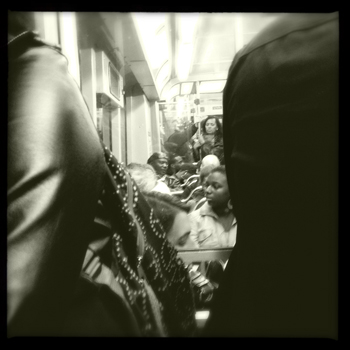
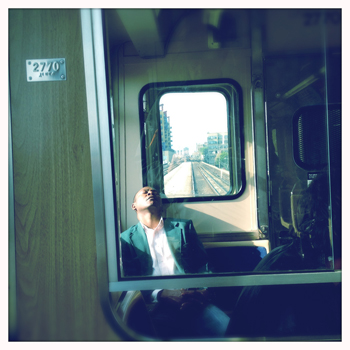
But also:
Susan Sontag: Ecology of Images
“Images are more real than anyone could have supposed. And just because they are an unlimited resource, one that cannot be exhausted by consumerist waste, there is all the more reason to apply the conservationist remedy. If there can be a better way for the real world to include the one of images, it will require an ecology not only of real things but of images as well.”
Publics and Counterpublics
” …some publics are defined by their tension with a larger public. Their participants are marked off from persons or citizens in general. Discussion within such a public is understood to contravene the rules obtaining in the world at large, being structured by alternative dispositions or protocols, making different assumptions about what can be said or what goes without saying. This kind of public is, in effect, a counterpublic: it maintains at some level, conscious or not, an awareness of its subordinate status…A counterpublic, against the background of the public sphere, enables a horizon of opinion and exchange; its exchanges remain distinct from authority and can have a critical relation to power…”
— Michael Warner Publics and Counterpublics, p. 56
Forms of Teacher & Student Classroom Resistance
Student/teacher resistance comes in many different forms, and it functions differently given different situations, students, and teachers. Still, I find it useful to name and discuss with students general categories of postFreudian resistance that may sometimes hinder their engaging texts, speaking in class, or writing papers. In my classrooms, the most common types of resistance are the following:
- Denial emerges when students or teachers refuse to acknowledge the existence of an idea or action. Denial also emerges when students or teachers acknowledge the existence of an idea or action but refuse to acknowledge any accountability-individual and/or systemic-for any privileges or obstacles afforded us by (the history of) this idea or action.
- Dismissal emerges when students or teachers acknowledge the existence of an idea or action but deem it insignificant in general, insignificant in our own lives, or too dangerous for class discussion.
- Indifferent compliance emerges when students or teachers go through the motions but do not genuinely engage an idea or action.
- Defensiveness emerges when students or teachers shift conversations from discussions of an idea or action and instead focus on ourselves, that is, on our own guilt/blame-or lack thereof.
- Overidentification emerges when students or teachers see
ourselves as so implicated within an idea or action that we can only imagine confessional responses that preclude cultural/ systemic analyses; such overidentification may trigger strong emotions (e.g., fear, embarrassment, righteous anger). - Nonproductive guilt emerges when students or teachers blame ourselves for current privileges afforded us by history and, thus, either adopt a patronizingly “helpful” attitude toward those we imagine to be less privileged or focus solely on ourselves and our perceived guilt.
- Adherence to gender- and/or color-blindness emerges when students or teachers ignore history, obsess on the present, and demand an ideal egalitarian fairness that treats everyone identically but ignores different daily effects of gender and race and other cultural categories.
- Speaking block or writing block emerges when students or teachers lack a lexicon, a conceptual framework, and/or confidence that the classroom is a viable space for speaking and writing about resistance-prone issues, such as gender and whiteness. Each teacher must, of course, analyze her or his local conditions to identify the most common types of resistance that occur. But naming and discussing such resistance provide choices to students and teachers about whether to perpetuate, revise, and/or resist the resistance.
— From Krista Ratcliffe’s “Listening Pedagogically: A Tactic for Listening to Classroom Resistance” in Rhetorical Listening: Identification, Gender, Whiteness, 138-9.
“ideology shapes and structures …”
“Any understanding of public discourse as a product of a particular cultural climate must take into account the ways that ideology shapes and structures nearly every aspect of what, where, and how public discourse occurs as well as who gets to speak in public settings”
— Christian Weisser, Moving Beyond Academic Discourse: Composition Studies and the Public Sphere
Classroom “objectivity”?
From Eden Torres, Chicana Without Apology: The New Chicana Cultural Studies:
Like any teacher, I bring a specific subject position into the classroom (albeit a shifting and fluid one in many ways). This means I can teach certain topics with more than words, texts, or carefully memorized facts. When I speak about oppression, I teach with emotion, personal stories, body language, and fluctuating tones of voice that indicate some visceral response on my part. All of this grows out of my history (both personal and communal), as well as my day-to-day experiences in the contemporary world. I do not hide behind false objectivity because I want my students to understand the toll of racism, classism, sexism, and compulsory heterosexuality on real people. I want them to see the way in which intertwining, overlapping, intersecting, or simultaneously occurring forms of prejudice, and exploitation actually wound people. I want to show them my scars, to disrupt the socialization processes that have made it so easy for them to disconnect from the ways people are harmed by various oppressive systems. I want them to understand the difference between and the sameness of the physical devastation and the psychological damage caused by the increasing disparity between the wealthy and the poor.
This does not mean that I have to pretend to be objective. Being mainstream and expressing the norms of the dominant society is not being objective either. One of my favorite fortune cookie messages—one of very few I have saved—says, “Do not practice moderation to excess.” Part of what makes me an effective teacher is that I am open about my passions and politics. My agenda is not hidden. I own it. While I believe in much of what postmodern theory has to offer, I could never transmit the relativist assumptions that often come with it. Like most Freirean practitioners, I see teaching as a political act. Anyone who pretends otherwise is lying. Again, this does not mean I expect to convert all students to my way of thinking. My only objective is to teach them to be politically conscious, critical thinkers. If this means that conservative, mainstream students become acutely aware of power differentials and the meaning of their own social locations, and then decide to own that space and take responsibility for working diligently to maintain their power and privilege then I’ll be sad. But at least I’ll know that they are doing so consciously. Such an enemy is much easier to fight than the apathetic, well intentioned, but still supremacist student who claims to see (or do) no evil. What I do expect IS to be able to enter into discussions with them in which we will all test our assumptions and ideas. (82-83)
Red Line, Chicago, Part II
February 29, 2016Writing class, in-class writing
January 18, 2016Formalized curiosity
January 7, 2016From David Carr’s memoir, “The Night of the Gun”
Turning his life around through work:
Still, the fundaments of the [memoir] genre require me to run close and careful analysis on how exactly I reversed course from certain damnnation and came to a professional life beyond all expectation. So here goes:
I worked a lot.
Carr.
So much more
November 26, 2015“The truth? I wasn’t familiar with the truth.”
“Back in 1982, I was working at Time Life in a department called Copy Process. It was dead-end, boring work. I worked one day a week, a graveyard shift, six p.m. to six a.m. I would get a two-hour supper break around midnight. Mondays were when the magazines that Time Life published came 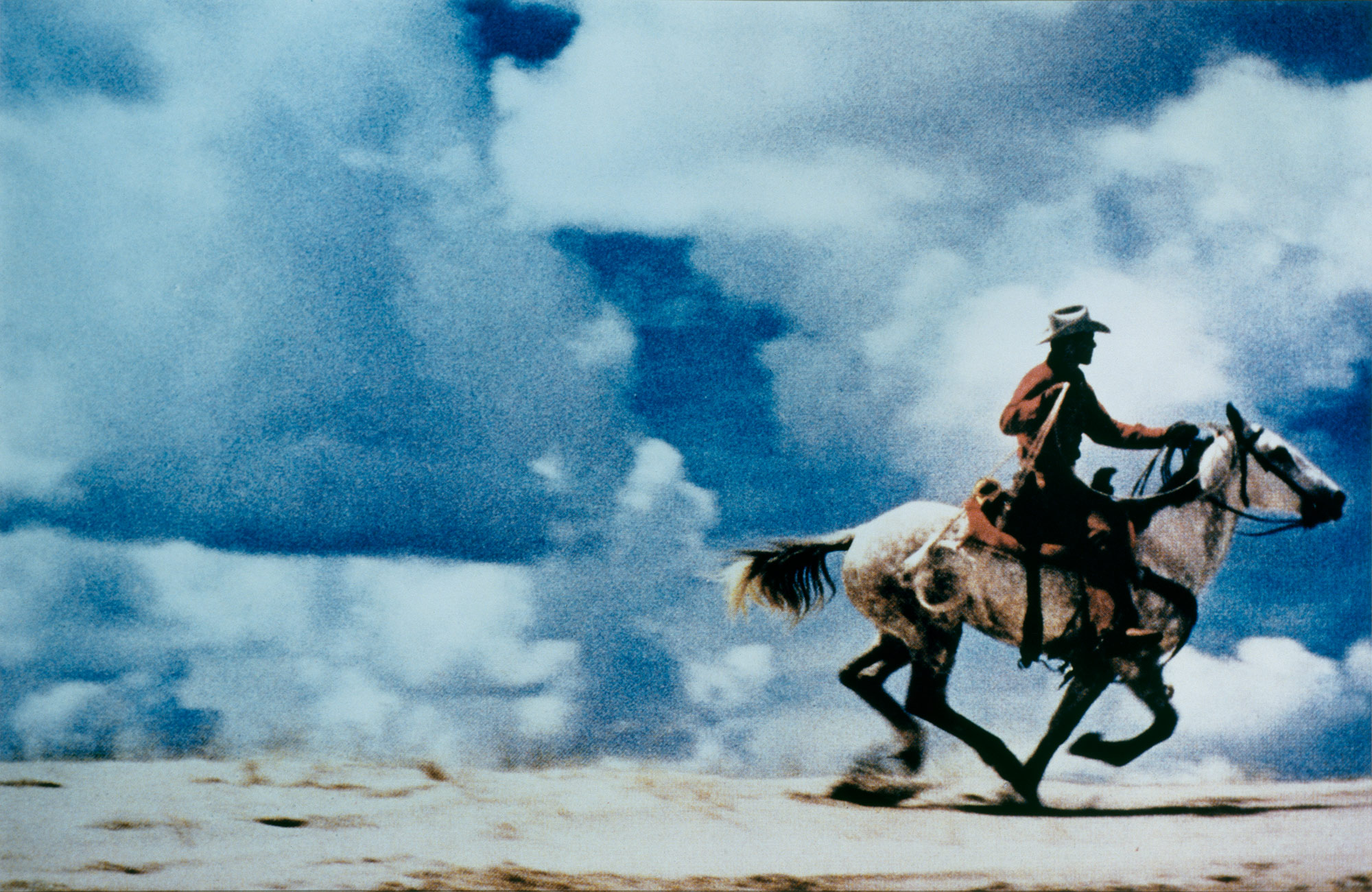 out: Time, People, Sports Illustrated, Fortune. There were always stacks of new mags lying around. It was good to get them free. Fringe benefit. I was tearing out all kinds of ads from the magazines. I’d been tearing since 1977, avoiding the editorial parts of the magazines, only interested in the psychologically hopped-up, art directed, “creative” pages…the pages that looked to me like some kind of cross between Rod Serling and Groucho Marx. Unlike the editorial parts, the ads didn’t have an author and seemed to suggest something I could believe in. I was struggling in those days with identity and truth and anger and the ads provided an alternative reality. Something comforting and exciting and close to what a movie experience does when the lights go down and a story is told. Who cares if Newport Lights was putting on a stupid, made- up show. I wanted a show. I wanted entertainment. The truth? I wasn’t familiar with the truth. Why would I have been? No one ever told it.”
out: Time, People, Sports Illustrated, Fortune. There were always stacks of new mags lying around. It was good to get them free. Fringe benefit. I was tearing out all kinds of ads from the magazines. I’d been tearing since 1977, avoiding the editorial parts of the magazines, only interested in the psychologically hopped-up, art directed, “creative” pages…the pages that looked to me like some kind of cross between Rod Serling and Groucho Marx. Unlike the editorial parts, the ads didn’t have an author and seemed to suggest something I could believe in. I was struggling in those days with identity and truth and anger and the ads provided an alternative reality. Something comforting and exciting and close to what a movie experience does when the lights go down and a story is told. Who cares if Newport Lights was putting on a stupid, made- up show. I wanted a show. I wanted entertainment. The truth? I wasn’t familiar with the truth. Why would I have been? No one ever told it.”
Paolo Freire
September 15, 2015NYT: First Days of School Through the Decades
First Days of School Through the Decades
NYT / ELIZABETH A. HARRIS SEPT. 8, 2015
From the photo archives of The New York Times, here is a decade-by-decade look at city schools and moments in their history. Students return to the classroom Wednesday.
Mercedes Sosa: Gracias A La Vida (2009)
Spanish: Gracias a la vida
Gracias a la vida que me ha dado tanto
Me dio dos luceros que cuando los abro
Perfecto distingo lo negro del blanco
Y en el alto cielo su fondo estrellado
Y en las multitudes el hombre que yo amo.
Gracias a la vida que me ha dado tanto
Me ha dado el sonido y el abedecedario
Con él las palabras que pienso y declaro
Madre amigo hermano y luz alumbrando,
La ruta del alma del que estoy amando.
Gracias a la vida que me ha dado tanto
Me ha dado la marcha de mis pies cansados
Con ellos anduve ciudades y charcos,
Playas y desiertos montañas y llanos
Y la casa tuya, tu calle y tu patio.
Gracias a la vida que me ha dado tanto
Me dio el corazón que agita su marco
Cuando miro el fruto del cerebro humano,
Cuando miro al bueno tan lejos del malo,
Cuando miro al fondo de tus ojos claros.
Gracias a la vida que me ha dado tanto
Me ha dado la risa y me ha dado el llanto,
Así yo distingo dicha de quebranto
Los dos materiales que forman mi canto
Y el canto de ustedes que es el mismo canto
Y el canto de todos que es mi propio canto.
Gracias a la vida
Gracias a la vida
Gracias a la vida
Gracias a la vida.
English: Thanks to Life
Thanks to life, which has given me so much.
It gave me two beams of light, that when opened,
Can perfectly distinguish black from white
And in the sky above, her starry backdrop,
And from within the multitude The one that I love.
Thanks to life, which has given me so much.
It gave me an ear that, in all of its width
Records— night and day—crickets and canaries,
Hammers and turbines and bricks and storms,
And the tender voice of my beloved.
Thanks to life, which has given me so much.
It gave me sound and the alphabet.
With them the words that I think and declare:
“Mother,” “Friend,” “Brother” and the light shining.
The route of the soul from which comes love.
Thanks to life, which has given me so much.
It gave me the ability to walk with my tired feet.
With them I have traversed cities and puddles
Valleys and deserts, mountains and plains.
And your house, your street and your patio.
Thanks to life, which has given me so much.
It gave me a heart, that causes my frame to shudder,
When I see the fruit of the human brain,
When I see good so far from bad,
When I see within the clarity of your eyes…
Thanks to life, which has given me so much.
It gave me laughter and it gave me longing.
With them I distinguish happiness and pain—
The two materials from which my songs are formed,
And your song, as well, which is the same song.
And everyone’s song, which is my very song.
Thanks to life
Thanks to life
Thanks to life
Thanks to life.
One-star Yelp Reviews of National Parks
For the past several years, an experimental genre of creative nonfiction has been quietly thriving online: one-star Yelp reviews of national parks. Don’t let the unsophisticated and often ungrammatical prose fool you; these works have taken the pulse of America. Read on as our nation’s treasures and all manners of natural beauty are cast aside as garbage: Death Valley is “the ugliest place I have ever seen,” Yosemite needs more parking lots, and Carlsbad Caverns appeals only if “you find big caves and rocks overwhelmingly fascinating.”
Via the Paris Review.
Homeless students
CHE: How to Help the Students With No Homes?
During the school year, Ms. Banjo, who is 20, lives in the dorms at Norfolk State University. But on summer vacation and during other breaks, she has no set place to go. There’s no room for her in the rooming house where her parents live, so she crashes with friends or sublets space in a cramped apartment. Most days, her only meal is the sandwich and fries she gets during her shift at McDonald’s. She returns there on her days off just to have something to eat.
Ms. Banjo says she tries not to dwell on her status but “to put it in a box and act like a normal person.” She avoids calling her parents, because she doesn’t like to be reminded that they’re still struggling.
Taking My Parents to College
… and a week into classes, I received the topics for what would be my first college paper, in  an English course on the modern novel. I might as well have been my non-English-speaking grandmother trying to read and understand them: The language felt that foreign. I called my mom at work and in tears told her that I had to come home, that I’d made a terrible mistake.
an English course on the modern novel. I might as well have been my non-English-speaking grandmother trying to read and understand them: The language felt that foreign. I called my mom at work and in tears told her that I had to come home, that I’d made a terrible mistake.
She sighed into the phone and said: “Just read me the first question. We’ll go through it a little at a time and figure it out.”
I read her the topic slowly, pausing after each sentence, waiting for her to say something. The first topic was two paragraphs long. I remember it had the word intersectionalities in it. And the word gendered. And maybe the phrase theoretical framework. I waited for her response and for the ways it would encourage me, for her to tell me I could do this, that I would eventually be the first in my family to graduate from college.
“You’re right,” she said after a moment. “You’re screwed.”
NYT/Jennine Capó Crucet: Taking My Parents to College
The brain was not designed for reading.
The brain was not designed for reading. There are no genes for reading like there are for language or vision. But spurred by the emergence of Egyptian hieroglyphics, the Phoenician alphabet, Chinese paper and, finally, the Gutenberg press, the brain has adapted to read.
Before the Internet, the brain read mostly in linear ways — one page led to the next page, and so on. Sure, there might be pictures mixed in with the text, but there didn’t tend to be many distractions. Reading in print even gave us a remarkable ability to remember where key information was in a book simply by the layout, researchers said. We’d know a protagonist died on the page with the two long paragraphs after the page with all that dialogue.
The Internet is different. With so much information, hyperlinked text, videos alongside words and interactivity everywhere, our brains form shortcuts to deal with it all — scanning, searching for key words, scrolling up and down quickly. This is nonlinear reading, and it has been documented in academic studies. Some researchers believe that for many people, this style of reading is beginning to invade when dealing with other mediums as well.
“We’re spending so much time touching, pushing, linking, scrolling and jumping through text that when we sit down with a novel, your daily habits of jumping, clicking, linking is just ingrained in you,” said Andrew Dillon, a University of Texas professor who studies reading. “We’re in this new era of information behavior, and we’re beginning to see the consequences of that.”
Washington Post: Serious reading takes a hit from online scanning and skimming, researchers say
Mercedes Sosa – Sólo le pido a Dios (with León Gieco)
Buenos Aires, Argentina on May 19, 1984
Sólo le pido a Dios
Sólo le pido a Dios
que el dolor no me sea indiferente,
que la reseca muerte no me encuentre
vacío y solo, sin haber hecho lo suficiente.
Sólo le pido a Dios
que lo injusto no me sea indiferente,
que no me abofeteen la otra mejilla,
después que una garra me arañó esta suerte.
Sólo le pido a Dios
que la guerra no me sea indiferente,
es un monstruo grande y pisa fuerte
toda la pobre inocencia de la gente.
Sólo le pido a Dios
que el engaño no me sea indiferente,
si un traidor puede más que unos cuantos,
que esos cuantos no lo olviden fácilmente.
Sólo le pido a Dios
que el futuro no me sea indiferente,
desahuciado está el que tiene que marchar
a vivir una cultura diferente.
Sólo le pido a Dios
que la guerra no me sea indiferente,
es un monstruo grande y pisa fuerte
toda la pobre inocencia de la gente.
English
I only ask of God
He won’t let me be indifferent to the suffering
That the very dried up death doesn’t find me
Empty and without having given my everything
I only ask of God
He won’t let me be indifferent to the wars
It is a big monster which treads hard
On the poor innocence of people
It is a big monster which treads hard
On the poor innocence of people People…people, people
I only ask of God
He won’t let me be indifferent to the injustice
That they do not slap my other cheek
After a claw has scratched my whole body
I only ask of God
He won’t let me be indifferent to the wars
It is a big monster which treads hard
On the poor innocence of people
It is a big monster which treads hard
On the poor innocence of people People…people…people
Morning commute
August 17, 2015What is Interesting Writing in Art History?
Part of talking about writing in art history, theory, and criticism is therefore indulgence: writing is what people think about when they can, when they have leisure time, but it’s not a required subject. Another part of talking about writing is the plain style and its companions in classical rhetoric: direct speech, reasonably free of jargon, which pays attention to its argument. Both of these operate in university seminars, sometimes in succession, sometimes in opposition.
I have in mind both those ways of thinking about art historical writing, and two others. The third is a way of critiquing writing that pays attention the way one pays attention to a novel, a poem, or any other work of serious literature. This is close reading: attending to voice, pace, style, manner, word choice. Being patient and demanding about how the writing becomes expressive, how its message finds its form. Here I would want to apply the full arsenal of literary criticism from Empson to De Man, from Derrida to Perloff. This is an inherently unfair thing to do to writing that hasn’t been made for that kind of reading, but my criterion will always be that whatever is said about style, manner, and voice has to be connected to what the scholar meant to communicate. In other words: no carping about writing unless the writer’s choices have a nameable effect on what is being argued. In that way close reading, no matter how unusual it is in art history, is pertinent.
The fourth kind of reading is radical, and I will not be doing much of it, but it is presupposed in each of these three strategies. This is reading nonfiction as if it is fiction. It is probably not yet possible to do that with Krauss’s texts: they are still close to us in time, and their themes and dramatis personae are still largely our own. But a time will come, as it does for all writers, when Krauss’s concerns are more about her than about Picasso or Duchamp, and then her writing will exist as writing. Perhaps it is time to begin thinking about that possibility.
— James Elkins, What is Interesting Writing in Art History?
Experimenting with TinType
August 12, 2015Maderas Volcano
August 7, 2015WRD Awards Party
July 24, 2015Every classroom.
December 19, 2014Three gatekeepers
December 1, 2014Cormorant, Belmont Seawall
November 30, 2014Purdue workshop
August 12, 2014Chicago, Soccer, June
June 22, 2014Charles Barsotti
June 21, 2014Practice
“Practice kindness all day to everybody and you will realize you’re already in heaven now.” — Jack Kerouac
A free school under a bridge in India.
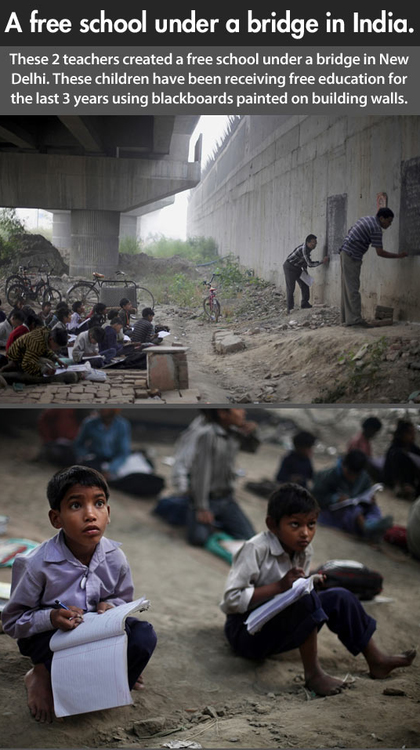

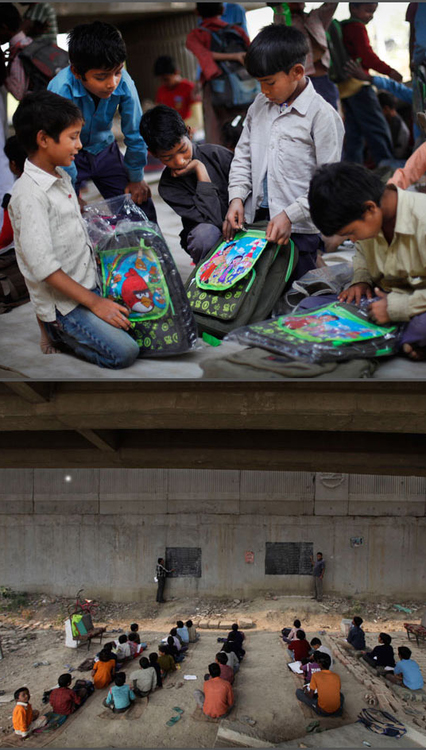 Via Frenchchairs:
Via Frenchchairs:
It is an unusual school in an unusual location and is run by an unusual teacher.
Rajesh Kumar is a shopkeeper by profession but spends hours every morning teaching around 80 children from the poorest of the poor in India’s capital.
The 43-year-old visited the construction of the Delhi transit station a few years ago and was disturbed by the sight of many children playing at the site instead of attending school.
When he questioned the parents working at the sites they all said there were no schools in the vicinity and no one cared.
Consequently, his open-air class room was born – between pillars and beneath the tracks of the Delhi transit system, known as the Metro.
Every few minutes a train passes above, the children unperturbed by its sounds.
There are no chairs or tables and the children sit on rolls of polystyrene foam placed on the rubble.
Three rectangular patches of wall are painted black and used as a blackboard.
Anonymous donors have contributed cardigans, books, shoes and stationery for the children, as their parents cannot afford them.
One unnamed individual sends a bag full of biscuits and fruit juice for the pupils every day – another incentive for the children to turn up for their studies.
Essays
“I tell college students that by the time they sit down at the keyboard to write their essays, they should be at least 80 percent done. That’s because ‘writing’ is mostly gathering and structuring ideas.” David Brooks, December 30, NYT.
The Sidney Awards, Part 1
The Sidney Awards, Part 2
“This year, many of these essays probed the intersection between science and the humanities. Links to all can be found on the online edition of this column.”
David Brooks on “The Practical University” (Excerpts)
“What is a university for?”
“Are universities mostly sorting devices to separate smart and hard-working high school students from their less-able fellows so that employers can more easily identify them? Are universities factories for the dissemination of job skills? Are universities mostly boot camps for adulthood, where young people learn how to drink moderately, fornicate meaningfully and hand things in on time?”
“Technical knowledge is like the recipes in a cookbook. It is formulas telling you roughly what is to be done. It is reducible to rules and directions. It’s the sort of knowledge that can be captured in lectures and bullet points and memorized by rote.”
“Practical knowledge is not about what you do, but how you do it. It is the wisdom a great chef possesses that cannot be found in recipe books. Practical knowledge is not the sort of knowledge that can be taught and memorized; it can only be imparted and absorbed. It is not reducible to rules; it only exists in practice.”
The Practical University April 4, 2013

